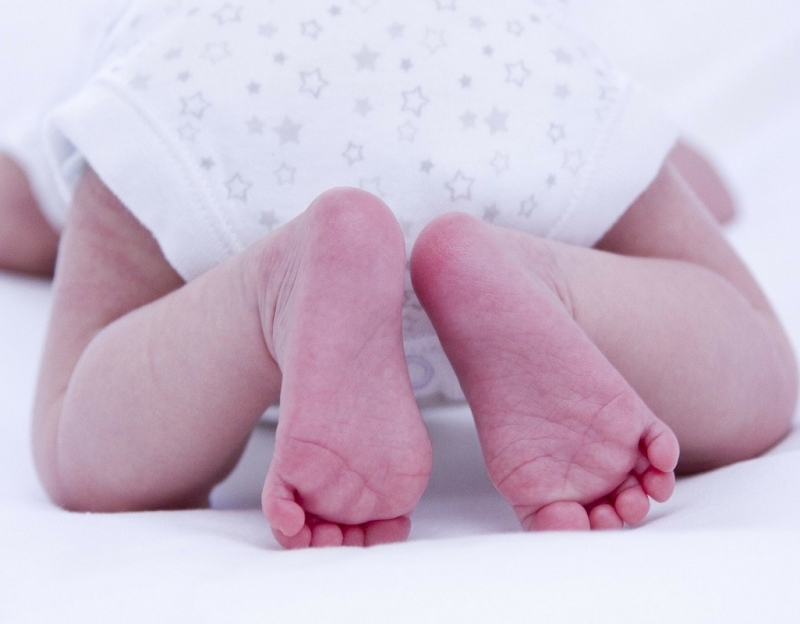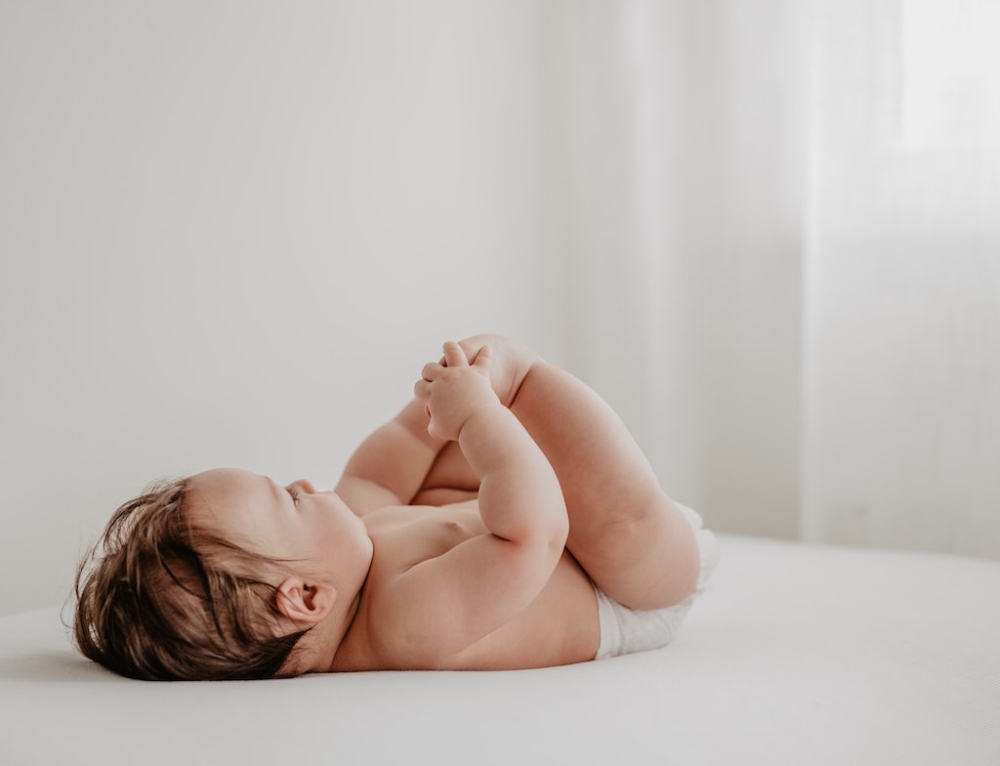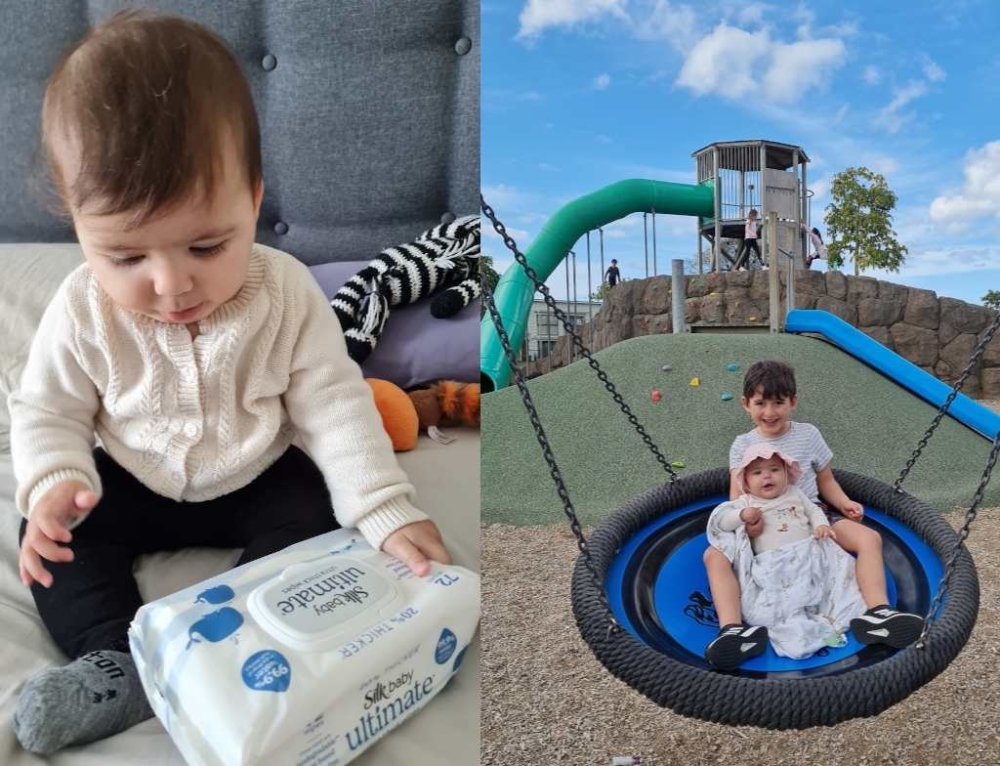Newborn skin is soft and sweet-smelling, but you might also be surprised by its appearance. Spots, dry areas, rashes, birthmarks and blotchy patches are all common.
Newborn acne
Newborn acne is very common and, just like their future bouts as teenagers, hormones are the culprit – your hormones, that is. Don’t worry; this is not an indication of future problems to come, and it should look better in the first few weeks. The best way to treat these clogged oil glands is to do nothing – don’t pick, scrub or treat them.
Dry and peeling skin
Peeling is simply the shedding of dead newborn skin, and using lotions won’t speed up this process. In week one, it’s mostly down to the transition from amniotic fluid to air. If it is still dry and peeling by week two, try using a specific baby lotion, which may prove pleasurable for both you and your baby.
Nappy rash
Nappy rash is common but is largely preventable. Change your baby’s nappy as soon as possible after it’s soiled. Then after wiping the area clean, use a warm wet washcloth to clean the area and apply nappy rash cream. If disposable nappies are causing very bad nappy rash, try switching to cloth and visa-versa.
Erythema toxicum
It’s a scary sounding name for a simple and short-lived skin condition that presents as blotchy red patches with pale centres. It occurs in around 50 per cent of newborns. The marks should start to clear up around week two and they should be gone by the four-month mark.
Birthmarks
Birthmarks are another common newborn skin issue that can come in all shapes and colours. Check out our extensive guide. Check with your doctor if you have any concerns.
Cradle cap
If your baby’s scalp is shedding what looks like dandruff or has yellow or brown crust patches, it could be cradle cap. There’s no reason to panic – not only is it fairly common in a baby’s early months, but it’s completely harmless. While no one knows what causes it, cradle cap (seborrheic dermatitis of the scalp) usually goes away in 6 to 12 months, isn’t contagious and doesn’t require any treatment. If it bothers you, try gently massaging the scalp with oil (olive or mineral) and using a soft toothbrush to scrub the scalp before gently combing the flakes out. Then make sure to shampoo so the excess oil doesn’t clog your baby’s pores, which could make the problem worse.
You could also try massaging sorbolene and glycerine cream into the affected area 2-3 times a day and then washing off in the bath, using a face-washer to stimulate the scalp. If your baby has a more serious case, your doctor might prescribe seborrhea shampoo or cortisone cream. If the seborrheic rash spreads onto the face or ears, it can be treated with a topical cream.







Leave A Comment
You must be logged in to post a comment.